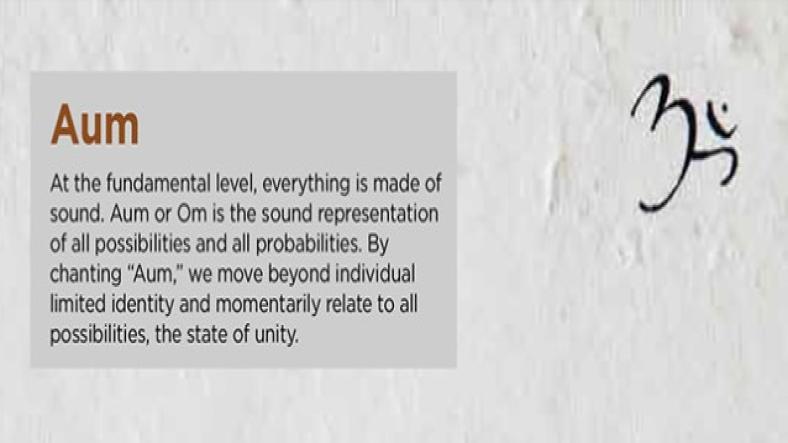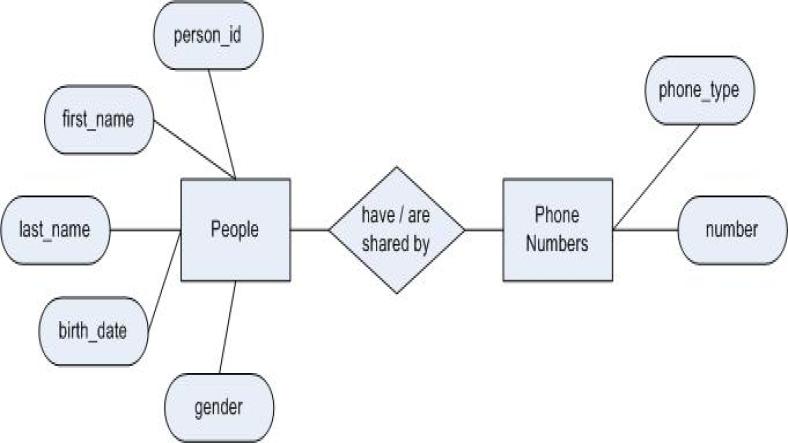Vedic Sanskrit is the ancient form of the Sanskrit language used primarily in the Vedic texts, including the four Vedas: the Rigveda, Samaveda, Yajurveda and Atharvaveda. It represents one of the earliest attested stages of the Indo-European language family and holds significant importance in the study of ancient Indian history, linguistics and religious traditions.
This article explores the language's structure, characteristics and its role in the Vedic tradition.
Historical Background
Vedic Sanskrit is a precursor to Classical Sanskrit, which emerged later as the standardized form of the language used in various ancient Indian texts, including the epics and philosophical works. The Vedic texts were composed roughly between 1500 and 500 BCE, during the Vedic period, a time marked by the development of early Indian religious and philosophical thought.
Linguistic Features of Vedic Sanskrit
- Phonology
- Sound System: Vedic Sanskrit features a rich and complex phonological system. It includes a variety of sounds not present in Classical Sanskrit, such as distinct breathy and voiced aspirates (e.g., ʰb, ʰd). The language’s sound system is crucial for the precise pronunciation of Vedic hymns and rituals.
- Vowel System: Vedic Sanskrit has a broad range of vowels, including short and long versions of each vowel. The vowel system is fundamental in distinguishing meanings and maintaining the meter of Vedic poetry.
- Morphology
- Noun Declension: Vedic Sanskrit nouns are declined in eight cases (nominative, accusative, genitive, dative, ablative, locative, instrumental and vocative), each reflecting different grammatical relationships. There are three genders (masculine, feminine, neuter) and three numbers (singular, dual, plural).
- Verb Conjugation: Verbs in Vedic Sanskrit are conjugated according to person (first, second, third), number (singular, dual, plural), mood (indicative, imperative, optative) and tense (present, past, future). The verb system is complex and includes a variety of roots and affixes to express nuances of action and aspect.
- Syntax
- Word Order: Vedic Sanskrit typically follows a flexible word order due to its rich inflectional system. While the most common word order is Subject-Object-Verb (SOV), variations are used to emphasize particular elements or maintain meter in poetic texts.
- Compounds: The language frequently uses compounds (sandhi), which are combinations of words or morphemes, to convey complex meanings and maintain the rhythm of the verses.
- Lexicon
- Vocabulary: The Vedic lexicon includes a significant number of words that are specific to religious and ritual contexts. Many of these terms have become foundational in later Hindu philosophy and practices.
- Loanwords: Vedic Sanskrit also contains loanwords from neighboring languages and cultures, reflecting the interactions of ancient Indian civilization with other regions.
Role in Vedic Texts
- Ritual and Hymns
- Rigveda: The Rigveda is composed of hymns dedicated to various deities and cosmic principles. The precise pronunciation and intonation of Vedic Sanskrit are crucial for the effectiveness of these rituals and the preservation of their traditional forms.
- Samaveda: This Veda emphasizes musical notation and chanting. The structure of Vedic Sanskrit allows for intricate metrical patterns and melodic variations essential for ritualistic performances.
- Philosophical and Ethical Teachings
- Upanishads: The philosophical texts within the Vedic tradition, known as the Upanishads, use Vedic Sanskrit to explore complex concepts such as Brahman (the ultimate reality) and Atman (the individual soul). The language’s nuances are pivotal in articulating these profound ideas.
- Preservation and Transmission
- Oral Tradition: Vedic Sanskrit was preserved through an elaborate oral tradition, with meticulous attention to pronunciation and memory. The structure of the language, combined with rigorous training, ensured the accurate transmission of texts over centuries.
Legacy and Influence
- Evolution to Classical Sanskrit
- Transition: Vedic Sanskrit gradually evolved into Classical Sanskrit, which standardized many aspects of the language and was used in later literary and philosophical works.
- Influence: The principles and structure of Vedic Sanskrit influenced the development of Sanskrit grammar as codified by Panini, whose work has had a lasting impact on Indian linguistic traditions.
- Cultural and Academic Significance
- Cultural Heritage: Vedic Sanskrit remains a crucial element of India’s cultural and religious heritage. It continues to be studied and revered for its role in the Vedic tradition and its contributions to Indian philosophy and literature.
- Academic Study: Scholars continue to study Vedic Sanskrit to gain insights into ancient Indian history, linguistics and religious practices. The language’s complexity and richness offer valuable perspectives on the early Indo-European languages and their development.
Conclusion
Vedic Sanskrit stands as a remarkable testament to the linguistic and cultural achievements of ancient India. Its sophisticated structure and rich vocabulary not only reflect the depth of early Vedic thought but also have left an enduring legacy in the study of ancient languages and religious traditions. Understanding Vedic Sanskrit is essential for appreciating the foundational texts of Hinduism and the broader Indo-European linguistic family.














